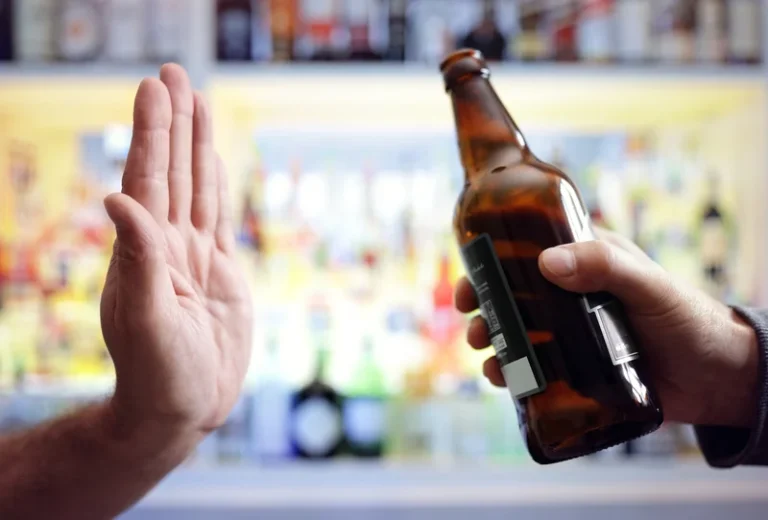
Implementing structured programs, providing essential services, sober house and maintaining a strong sense of community is essential for the well-being and success of residents. Consider creating a sober living app that provides residents with tools and resources to support their recovery journey. This approach can help you differentiate your sober living home and provide added value to your residents.
- Rent for these homes typically ranges from $500 to $5,000 per month, with some homes averaging between $450 to $750.
- In today’s world, the Internet is essential for communication, education, and entertainment.
- For organizations and individuals invested in recovery housing, staying informed and adaptable will be key to navigating these changes effectively.
- These entities provide essential funding that can help cover operational costs, making recovery accessible to individuals who might otherwise be unable to afford it.
RESOURCES
- Furthermore, these healthy habits can significantly improve mood and reduce stress, both of which are crucial for preventing relapse.
- It is imperative to review policy documents carefully and consult with insurance providers to clarify the extent of coverage.
- Contact your state’s Department of Health and Human Services to learn more about the legal requirements.
The idea was to remove clients from destructive living environments that encouraged substance use and create new social support systems in treatment. Some programs created halfway houses where clients could reside after they completed residential treatment or while they attended outpatient treatment. In a world that is constantly evolving, so too must the approaches adopted by recovery housing programs. The challenges presented by new substance abuse trends, societal changes, and even global phenomena like the COVID-19 pandemic necessitate adaptable and innovative strategies.
Recovery Philosophy in Sober Living Houses
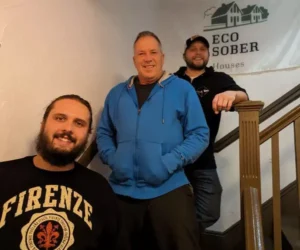
It is difficult to ascertain the exact number because they are not formal treatment programs and are therefore outside the purview of state licensing agencies. In sum, as we progress into 2024, the trends within sober living and recovery housing increasingly highlight the critical role of community engagement, alumni programs, and peer support. The effectiveness of peer support lies in its ability to break down barriers of isolation, offering individuals a sense of belonging and understanding. By engaging in group discussions, shared activities, and one-on-one connections, residents can navigate their recovery journeys with the knowledge that they are not alone.
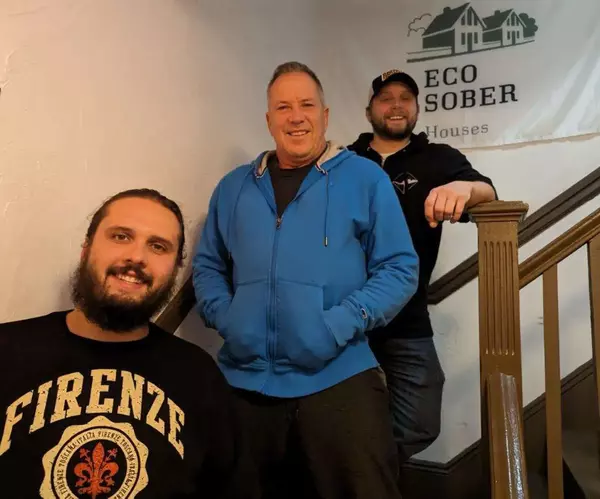
Flatirons Recovery
- The move towards gender-specific sober housing is not only a trend but a necessity in addressing the unique challenges and needs faced by individuals in recovery.
- Peak Density is the number of days of any substance use (i.e., any alcohol or drug) during the month of highest use over the past 6 months (coded 0-31).
- These homes often cater to specific groups, such as veterans, individuals with co-occurring disorders, or women with children, ensuring tailored support that addresses unique recovery needs.
In addition, it is important to note that residents were able to maintain improvements even after they left the SLHs. By 18 months nearly all had left, yet improvements were for the most part maintained. Some houses have a “residents’ council,” which functions as a type of government for the house. Research the existing sober living homes in your area and identify their strengths and weaknesses. This analysis will help you differentiate your sober living home from others and create a unique selling proposition that resonates with your target audience. The National Alliance for Recovery Residences (NARR) is a nonprofit organization that provides support and guidance for sober living homes.
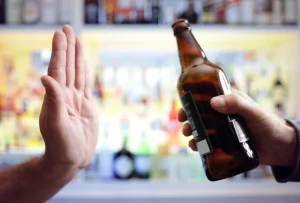
Encouraging Healthy Routine Development
The use of FDA-approved medications, in conjunction with counseling and behavioral therapies, provides a comprehensive and scientifically supported approach to treating substance use disorders. Sober living homes prioritize a safe and supportive environment, emphasizing accountability, community, and the development of life and coping skills necessary for long-term recovery. They offer various benefits, such as increased accountability, access to recovery resources, and opportunities for personal growth.
Best Sober Living Homes in North America
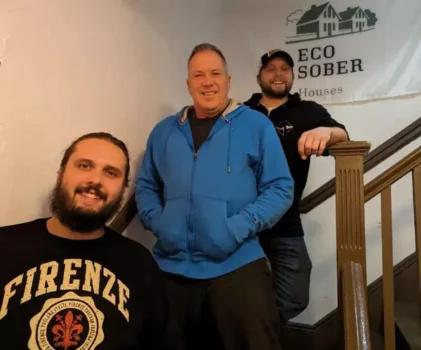
Security measures, house rules, and a culture of mutual respect work together to foster a sense of safety that can be incredibly healing for residents. In this environment, individuals can focus on their recovery without the added worry of external threats or exposure to substance use. Sober living houses and halfway houses are often used interchangeably as they both provide a substance-free living environment for those suffering from addiction. Differences between the two can stem from funding, length of stay, and requirements to apply to live there. Sober living homes typically do not limit the length of stay and may not require previous attendance in a formal addiction treatment program.
In 2024, the role of MAT in sober living environments is expanding to address a broader spectrum of substance dependencies, including opioids, alcohol, and nicotine. This approach recognizes the biological underpinnings of addiction and offers a bridge to long-term recovery by stabilizing the brain’s chemistry and reducing cravings. As sober living homes adapt to include MAT within their treatment offerings, they cater to a wider audience, ensuring that individuals have access to a variety of evidence-based treatment options. This evolution reflects a broader trend in addiction treatment towards embracing diverse, effective strategies that support the individual needs of those in recovery. Second is to expand on these findings by considering potential implications of our research for inpatient and outpatient treatment and for criminal justice systems. We also describe plans to conduct studies of resident subgroups, such as individuals referred from the criminal justice system.
- Further, the incorporation of cutting-edge tech tools for monitoring and supporting residents’ progress will play a significant role.
- In 2024, the role of MAT in sober living environments is expanding to address a broader spectrum of substance dependencies, including opioids, alcohol, and nicotine.
- Outpatient programs in low income urban areas might find the Options Recovery Services model of SLHs helpful.
- No longer considered a controversial or last-resort option, MAT is now an integral part of many recovery programs, including those offered by the RECO Institute.
Government Assistance Eligibility and Application Processes
Residents should have access to resources that help them find employment, education, and housing after leaving their homes. In conclusion, the RECO Institute and similar entities stand at the cusp of a https://ecosoberhouse.com/ new dawn in the field of sober living and recovery housing. Through continuous innovation and a deep-rooted commitment to care, the future of sober living looks bright, promising a path of renewed hope and healing for all.
The Last House
A substance-free living environment is essential for a successful sober living home. Ensure that your home is free of drugs and alcohol, and create an environment that promotes sobriety and recovery. At our sober living home, we require clients to have at least 30 days of sobriety before moving in. We also conduct random drug and alcohol tests to ensure that clients are staying sober.

